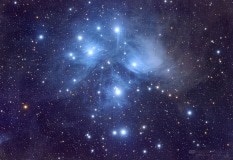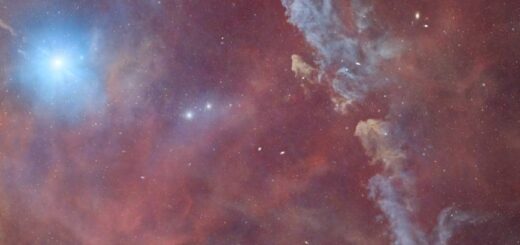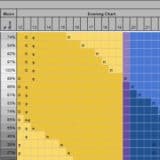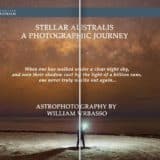The Blue Angel

Wow, can’t believe its been three months since my last post (and even longer since I dusted off my telescope)! I’ve been avoiding doing astro or social media whilst finishing off my uni exams and final practicum. Now I am registrable as a high school maths teacher…but I’ll be back to doing engineering for another year to build up my bank balance again. Anyhow, enough of me…on to the image.
I return once again to the angel of the nightsky – the hauntingly beautiful Pleiades open cluster (Messier 45). The subtle blues blend slowly into faint greys of the reflection nebula swept along by interstellar winds.
Wikipedia states the following about the Pleiades:
The Pleiades, also known as the Seven Sisters and Messier 45, are an open star cluster containing middle-aged, hot B-type stars located in the constellation of Taurus. It is among the nearest star clusters to Earth and is the cluster most obvious to the naked eye in the night sky.
The cluster is dominated by hot blue and luminous stars that have formed within the last 100 million years. A faint reflection nebulosity around the brightest stars was thought at first to be left over from the formation of the cluster (hence the alternative name Maia Nebula after the star Maia), but is now likely an unrelated foreground dust cloud in the interstellar medium, through which the stars are currently passing.
This image was taken with a modified Canon EOS6D through a Skywatcher 120ED Esprit refractor telescope from the moderate dark skies of Chittering, Western Australia. Around 3.5 hours of integration time was used to create this image.
| 2018-11-30 | Chittering, Western Australia | EOS6D modified | Skywatcher 120ED Esprit | UV/IR cut-filter | ISO800 | 30x300s | 1 x panel | NEQ6 mount | Synguider |












